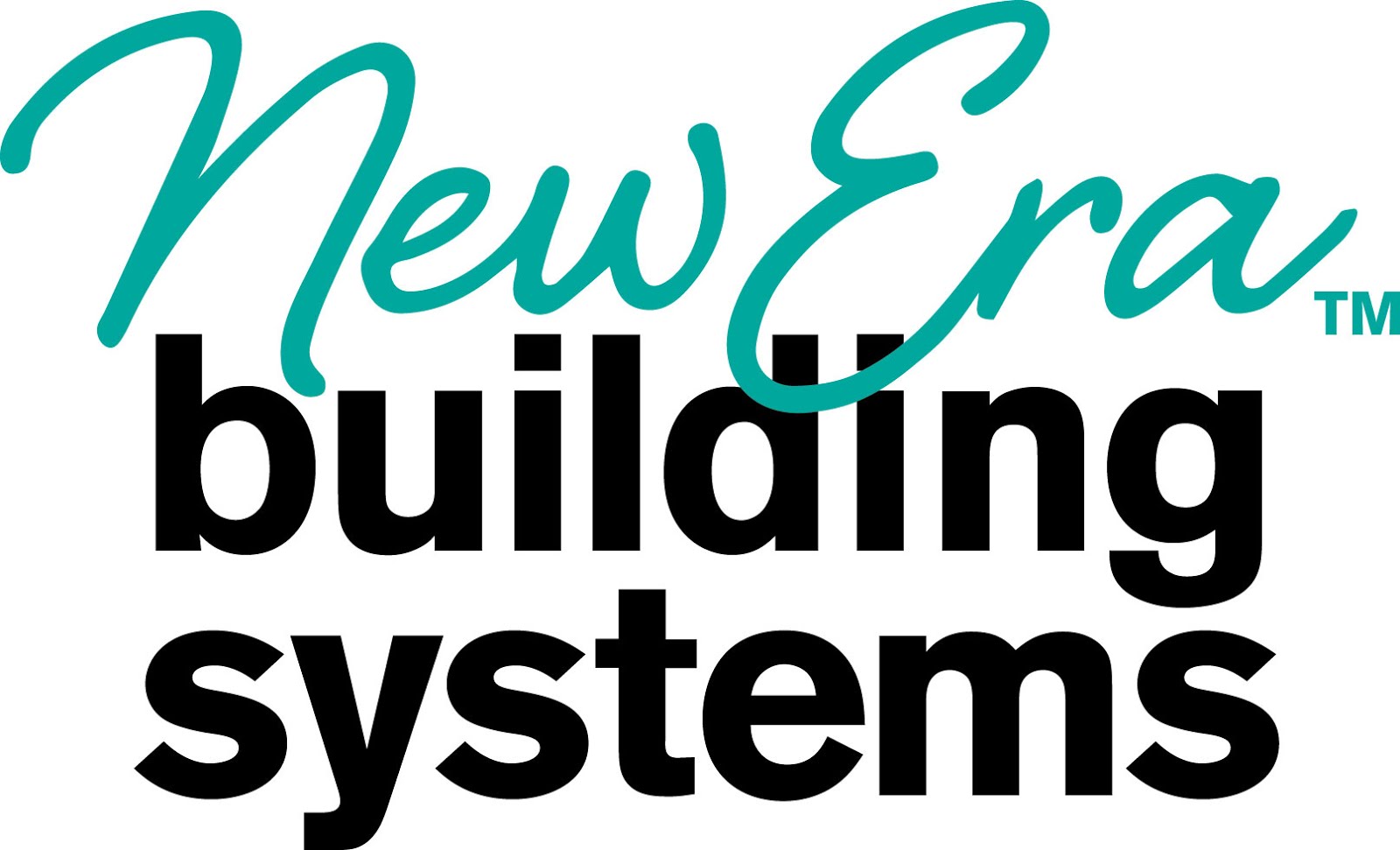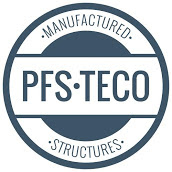One typical founder’s unfiltered take on bringing venture capital into an offsite construction factory.
Personal Note:
I’ve never started a factory, but I have started a business in the construction industry from the ground up—and that’s close enough to know the thrill of early wins, the sting of missteps, and the complicated dance of taking on investors. The lessons I learned chasing funding, negotiating terms, and protecting my vision apply just as much to launching an offsite construction factory as they do to any other ambitious build. This isn’t theory—it’s a lived reality, and it’s why I’m sharing an unfiltered look at what venture capital can really mean for your business.
This is typical of what to expect
The first time I sat across from a venture capitalist, I thought I was ready.
I had the pitch deck. I had the numbers. I had the passion.
What I didn’t have was a clear understanding of what it really meant to take someone else’s money—and let them into my business, my vision, my dream.
In the offsite construction world—whether you’re building ADUs, modular homes, or a full-blown panelized plant—you hit a point where your personal savings, bank loans, and friendly favors won’t cut it. That’s when venture capital comes knocking. Or, more often, you go knocking on their door.
The Hook
When a VC says yes, it feels like the clouds part. Suddenly, you can move at a pace you only dreamed about:
We had funding to lock in land, pour the slab, buy equipment. We could finally hire the people we’d been talking about for months. We even had enough to invest in automation that put us ahead of competitors who’d been around for years.
It was intoxicating.
But I quickly learned that money doesn’t come without a clock ticking in the background. Every dollar they invest comes with expectations—not just for growth, but for speed.
The Drag
We thought we’d planned for everything.
We hadn’t.
Material costs spiked. A key hire left six weeks in. The first round of prototypes failed a critical stress test. Suddenly, the millions we’d raised looked… thin.
That’s when you go back for more. And here’s the thing: raising a second round isn’t like topping off your coffee. It’s more like convincing someone to pay for a second cup when they haven’t finished the first. The terms get tougher. The questions get sharper. And the equity you worked so hard to protect starts slipping away.

I learned quickly that underestimating your capital needs doesn’t just slow you down—it changes the way you’re perceived. Investors stop seeing a sharp operator and start wondering if you’re in over your head.
The Squeeze
When things go sideways—and they will—your VC’s role changes.
In the best cases, they step in with advice, connections, even bridge funding to get you through the storm. In the worst, they start talking about “management adjustments,” “strategic pivots,” and “maximizing value through acquisition.”
That’s investor-speak for we’re taking the wheel now.
And here’s the truth: by the time those conversations happen, your ability to push back depends less on how good your product is and more on what you signed when you first took their money. Board seats, voting rights, protective provisions—these aren’t just legal footnotes. They are the keys to the factory. If you give them all away, don’t be surprised when you find yourself outside the building you once ran.

The Lesson
I don’t regret taking venture capital. Without it, we’d still be sketching production lines on napkins. But I do wish I’d gone in with a deeper understanding of three things:
- Ask for more than you think you need. Not because you’re reckless, but because the unknowns in manufacturing are bigger than you think.
- Negotiate for control. Protect your right to steer the company, even when things get bumpy.
- Treat your VC as a partner, not a savior. They’re there for returns, not rescue missions.
Venture capital can build your dream factory—or take it away. The difference isn’t luck. It’s knowing, from the very first handshake, exactly what you’re agreeing to.
.
With over 9,000 published articles on modular and offsite construction, Gary Fleisher remains one of the most trusted voices in the industry.
.
CLICK HERE to read the latest edition
Contact Gary Fleisher












